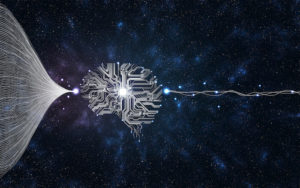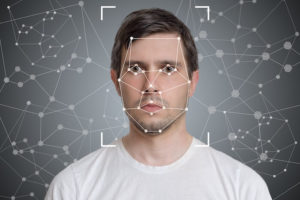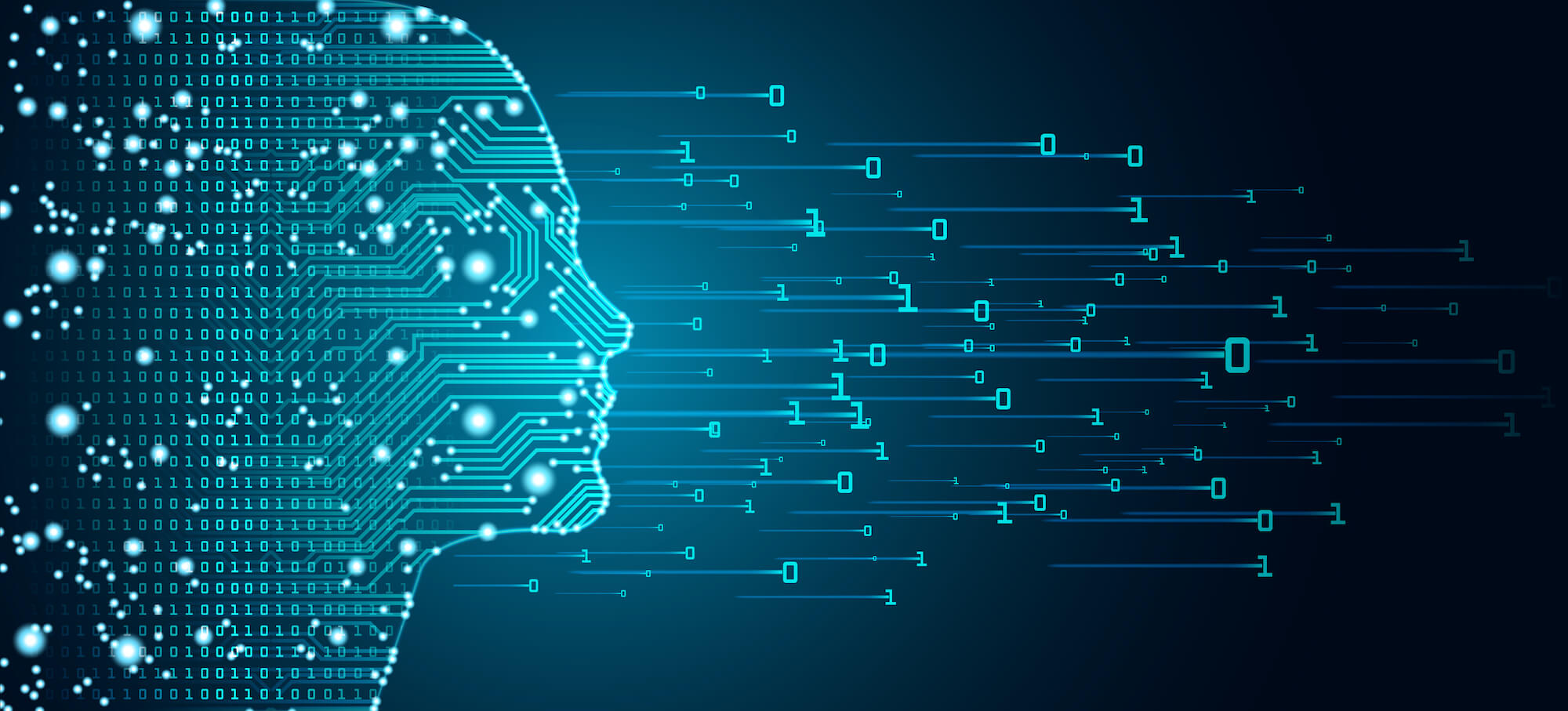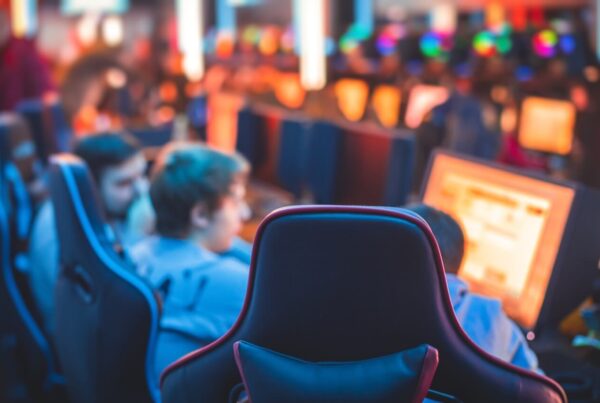Machine learning can diagnose certain forms of cancer and predict the outbreak of forest fires. It can even help computers to “read” expressions and emotions on the human face through a process called face analysis. It’s safe to say, machine learning is powerful. But what exactly is it, and how is it used with face analysis?
What Exactly Is Machine Learning?
Machine learning is a form of artificial intelligence (AI) which uses data sets to “teach” algorithms about a particular subject. Machine learning is modeled after the way young children learn, by taking in massive quantities of information and discovering patterns within that data. The algorithms can then use those patterns to make predictions and draw conclusions.
 Machine learning is leveraged all around us, powering virtual personal assistant technology like Amazon’s Alexa and Apple’s Siri, speech recognition software, and self-driving cars.
Machine learning is leveraged all around us, powering virtual personal assistant technology like Amazon’s Alexa and Apple’s Siri, speech recognition software, and self-driving cars.
There are a number of different possible ways to successfully train a machine learning tool. Each has its own strengths and weaknesses.
Supervised Learning
As its name suggests, supervised learning uses carefully labeled sample data and correct outputs to train the algorithm. Both classification, which involves grouping data into classes, and regression, where a single output value is produced using training data, are forms of supervised learning.
By assigning correct outputs, supervised learning helps to avoid problems like bias, and maintains control of the algorithm. However, the training process is time-intensive.
Unsupervised Learning
Unsupervised learning uses unlabeled training data. The system is not given the correct output, but is left to draw conclusions on its own, based on the data it takes in.
It is a self-organizing learning process in which the algorithm tries to find unknown patterns and classes in the data without pre-existing labeling.
Reinforcement Learning
Reinforcement learning is similar to unsupervised learning. It uses unlabeled data and no correct output. However, reinforcement learning is able to assess its own results by observing its own environment and the algorithm is learning by interacting with the environment and assessing the results of each trial.
Common Techniques for Face Analysis
Face analysis, a subset of computer vision, has undergone a long evolution. In its earliest iteration, face analysis could only be used with two-dimensional images. It was highly sensitive to any changes in lighting and environment, and even to small changes in facial expression.
 Today, machine learning tools can recognize faces in still or moving images, from virtually any angle. Some face analysis techniques rely on a template, which the system compares against each unique human face. Others use facial landmarks – the curve of the chin, the shape of the cheekbones, and the distance between the eyes – to map faces.
Today, machine learning tools can recognize faces in still or moving images, from virtually any angle. Some face analysis techniques rely on a template, which the system compares against each unique human face. Others use facial landmarks – the curve of the chin, the shape of the cheekbones, and the distance between the eyes – to map faces.
AlgoFace’s Facial Landmark Tracking technology tracks more than 200 facial landmarks on the human face to gather information about faces such as facial expression, body temperature, and attentiveness. Powered by machine learning and millions of data points, the system is so finely-tuned that it can do almost anything a set of human eyes can do.
Face analysis always begins with data. Scientists feed tens of thousands of images of faces into a machine learning algorithm—faces of all kinds, of all backgrounds and ages, so that the algorithm has a truly diverse understanding of the human face. In the process, the model learns to “read” facial expressions of interest, the direction of the human gaze, and even markers of illness, like expressions of pain, skin rashes, and pupil dilation.
Scientists use a variety of machine learning techniques to gather data for face analysis, including the following.
Eigenfaces
This approach is one of the original ones and uses a covariance matrix to create something called Eigenvectors. These are vectors that continue in the same direction, even when linear transformation is applied.
The Kohonen Approach
Also sometimes called the Self-Organizing Map (SOM) approach, the Kohonen approach is an unsupervised learning approach that also uses Eigenfaces and Eigenvectors to map data. This approach can be one or two dimensional.
Viola Jones
This framework is a strong machine learning technique for face analysis and results in a high detection rate. This technique takes the sum of pixels in images to compare data sets to one another.
AlgoFace’s FaceTrace.ai allows you to virtually check whether a certain shade of lipstick is flattering on your face; FaceTrace.ai can also check where a driver’s eyes are to see whether they’re watching the road. And these are just two of the many applications Facetrace.ai is capable of. What can AlgoFace’s FaceTrace.ai engine do for you? Visit us today to learn more.




